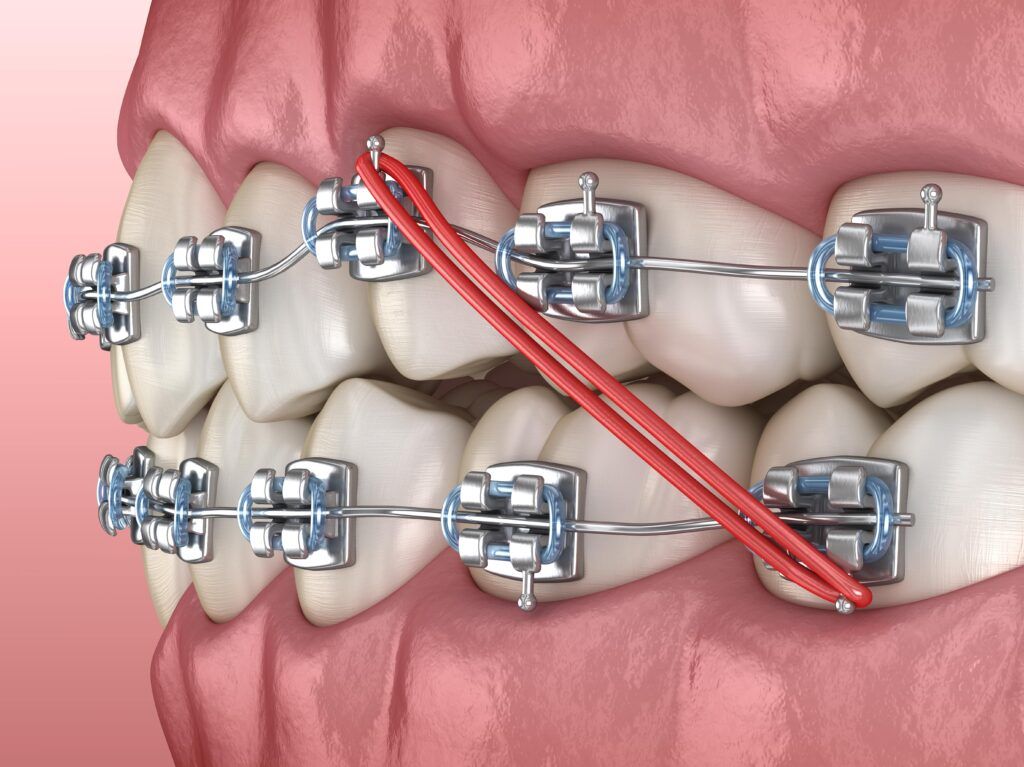Expert Cumming Braces and Aligners: What to Know Prior To You See
Expert Cumming Braces and Aligners: What to Know Prior To You See
Blog Article
Comprehensive Guide to Orthodontics Procedures for Correcting Dental Imbalances
Comprehending the ins and outs of each procedure, including their mechanisms, advantages, and possible drawbacks, is critical in making notified decisions concerning one's orthodontic therapy. As we navigate with the thorough overview to orthodontic procedures for dealing with dental imbalances, the detailed information of each technique will unfold, dropping light on the course toward a harmonious and functional dental placement.
Orthodontic Procedures Introduction

Along with conventional dental braces and clear aligners, orthodontists may additionally recommend various other interventions like headgear, palatal expanders, or retainers to attend to specific positioning issues (cumming invisalign). These procedures are customized to every person's special demands and might involve a combination of therapies to achieve the preferred outcomes. Routine adjustments and monitoring are essential components of orthodontic treatment to make sure progress is on track and to make any type of required alterations in the process. By undergoing orthodontic treatments, individuals can not only attain a straighter grin however likewise enhance their general dental health and function.
Traditional Dental Braces: Just How They Function
When considering orthodontic treatments for oral imbalances, standard dental braces stand out as a reliable technique for fixing teeth positioning. Typical braces contain braces, cables, and bands that collaborate to use continual pressure on the teeth, slowly moving them right into the wanted alignment. The braces are affixed to the teeth making use of an unique adhesive, and the wires are threaded through the brackets. By adjusting the stress of the wires, orthodontists can manage the instructions and pressure put on each tooth, leading them right into appropriate placement in time.
One trick element of exactly how traditional dental braces job is the procedure of bone renovation. As pressure is used to the teeth through the braces, the bone surrounding the teeth is reshaped to sustain the brand-new tooth settings. This improvement is vital for the lasting stability of the corrected alignment. Clients will need routine changes at the orthodontist's workplace to make sure the dental braces proceed to apply the proper stress for effective teeth activity.
Undetectable Aligners: Cons and pros
These clear, personalized trays are practically unseen when put on, making them an appealing alternative for people looking for a more visually pleasing orthodontic treatment. People can eliminate the aligners before eating or cleaning their teeth, minimizing the risk of food obtaining stuck in the appliance and streamlining the cleaning procedure.

Surgical Orthodontic Options
Surgical interventions in orthodontics present practical choices for attending to complicated oral misalignments that might not be properly fixed via traditional orthodontic therapies. While unseen aligners and traditional braces can correct many orthodontic issues, particular cases need medical intervention to achieve ideal outcomes. Surgical orthodontic alternatives are generally advised for extreme malocclusions, significant jaw disparities, and cases where the underlying bone framework needs modification to achieve appropriate positioning.
One typical surgical orthodontic treatment is orthognathic surgical procedure, which involves rearranging the jaws page to remedy practical issues such as problem talking or eating. This surgical treatment is usually carried out in partnership with an orthodontist who assists straighten the teeth prior to and after the you could try this out procedure. Surgical orthodontics may also include treatments to expose affected teeth, get rid of excess gum tissue, or reshape the jawbone to produce a more harmonious facial account.
Before taking into consideration surgical orthodontic options, patients undertake an extensive assessment to figure out the requirement and prospective benefits of such treatments. braces. While surgical treatment may seem overwhelming, it can dramatically enhance both the function and visual appeals of the smile in cases where standard orthodontic treatments fail
Retainers and Post-Treatment Care

Failing to conform with post-treatment care directions can result in regression, where the teeth slowly move back towards their initial placements. Consistent retainer wear, great dental health, and regular oral check-ups are crucial for keeping the results achieved through orthodontic surgical treatment and ensuring the long-lasting security of the corrected dental alignment.
Conclusion
In conclusion, orthodontic treatments offer different choices for dealing with dental imbalances. Surgical orthodontic choices are available for more severe misalignments. Generally, orthodontic treatments can properly enhance oral health and wellness and visual look.
As we navigate through the detailed guide to orthodontic treatments for remedying dental imbalances, the elaborate information of each approach will unravel, dropping light on the course toward a harmonious and practical dental positioning. - invisalign
One of the most common orthodontic therapies is the use of braces, which consist of metal brackets and cables that use mild stress to slowly move teeth into the wanted placement.When taking into consideration orthodontic therapies for dental imbalances, typical dental braces stand out as a time-tested technique for fixing teeth positioning. In addition, unnoticeable aligners may not be ideal for intricate orthodontic concerns that need more significant teeth motion, as they are typically advised for moderate to modest situations. Retainers are personalized orthodontic tools developed to hold teeth in their remedied placements after the conclusion of orthodontic treatment.
Report this page